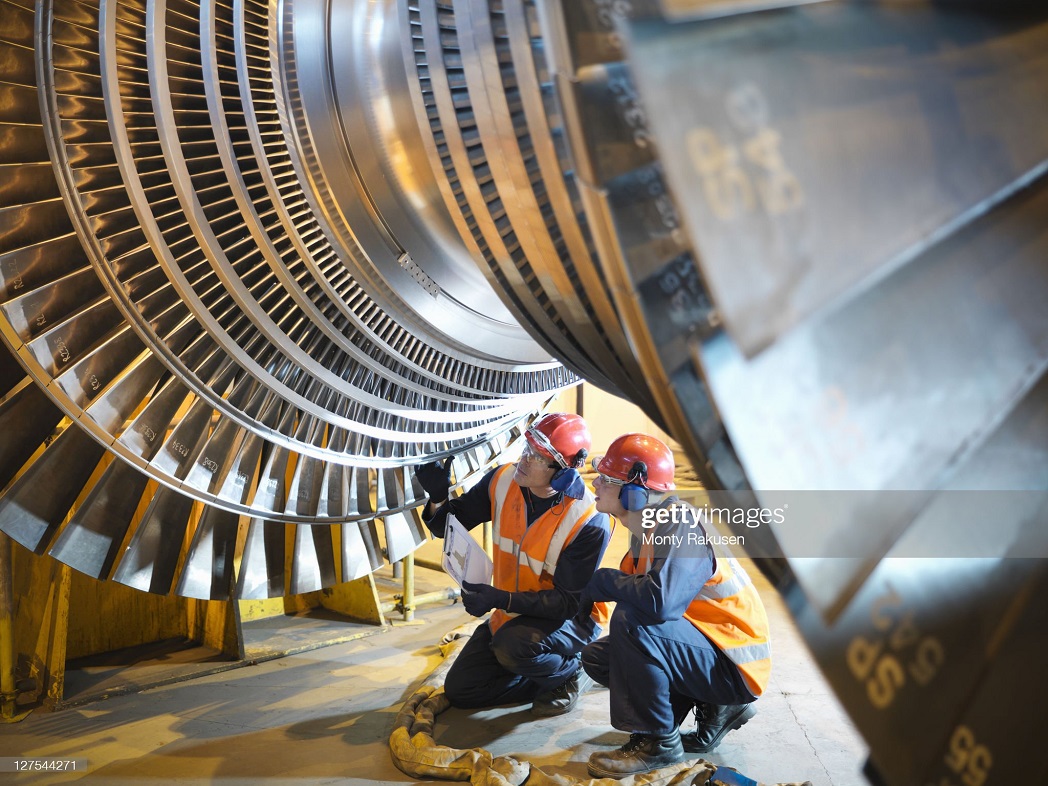Many countries still experience tight labor markets
Policymakers and the markets seem to be assuming a quick “victory” in the labour market but this seems unlikely and hence market rate-hike expectations may still be pitched too low.

In the UK, service price inflation in April rose to new 32-year highs of 6.9% in yesterday’s release and this, in turn has much to do with the tightness of the labour market.
Wages are the key because goods-related inflation is fizzling out and what’s left is primarily service sector inflation and this, in turn, is driven largely by the state of the labour market.
We have heard Fed Chair Powell speak a lot about the interaction between high core service price inflation (outside of housing) on one side and the tightness of the labour market on the other. But just about all developed countries have not just the same issue, but potentially even more to be concerned about.
In the UK, for instance, service price inflation in April rose to new 32-year highs of 6.9% in yesterday’s release and this, in turn has much to do with the tightness of the labour market. Wage awards are running at a pace of around 6% according to XpertHR and this just shows that even if the BoE believes that long-term inflation expectations are still anchored close to the 2% inflation target (which is questionable), workers will bargain for wages on the basis of what they need to achieve to catch-up with current inflation and what they can get away with given the tightness of the labour market.
The last time, the UK had this level of inflation, back in the 1970s and 80s the labour market was a very different place. Back then the unemployment rate rose to 12% as opposed to the sub-4% we see today. In addition, there was not the same surge in job vacancies back then as there has been in the post-pandemic economy. In other developed countries too, the number of job vacancies per unemployed person has increased dramatically.
The key now is whether this wage pressure eases as headline inflation comes down. Back in the 1970s and 80s it did but, that was because the fall in inflation coincided with a significant easing of the labour market, leaving workers far less bargaining power to keep wage awards high.
Fast forward to today and it seems very possible that the continued tightness of the labour market will leave a premium on wage awards that serves to help keep service sector inflation, and hence overall inflation, above target. Of course, it is very possible that a combination of helpful base effects (as last year’s gas price rises fall out of the annual comparison) and tumbling goods prices could bring the 2% inflation target back into range for many central banks.
However, the sustainability of any such decline depends on the state of the labour market and the signs are that the labour market is not going to be particularly helpful in this regard. Yes, labour markets are loosening up a bit as job vacancies ease down and some of those that left the jobs market, particularly during the pandemic, start to return. But is this fast enough to engineer the unwinding of labour market tightness that’s required to bring wage growth down to levels that are consistent with inflation targets? Probably not.
Mr. Steve Barrow, Head of Standard Bank G10 Strategy, said as the market – and policymakers – get a better sense of the difficulties, labour market tightness is bringing to the inflation fight, so the risk increases that central banks will have to hike rates by more than previously supposed.
“For instance, we have lifted our calls for the peak in UK and euro zone rates another 25-bps, and elongated the period through which the peak will persist – as we have done in the US. In short, the danger here is that the market has still seriously underestimated the degree to which central banks might still have to tighten policy”, said Mr. Steve Barrow.








